Violation tenant warning letter template
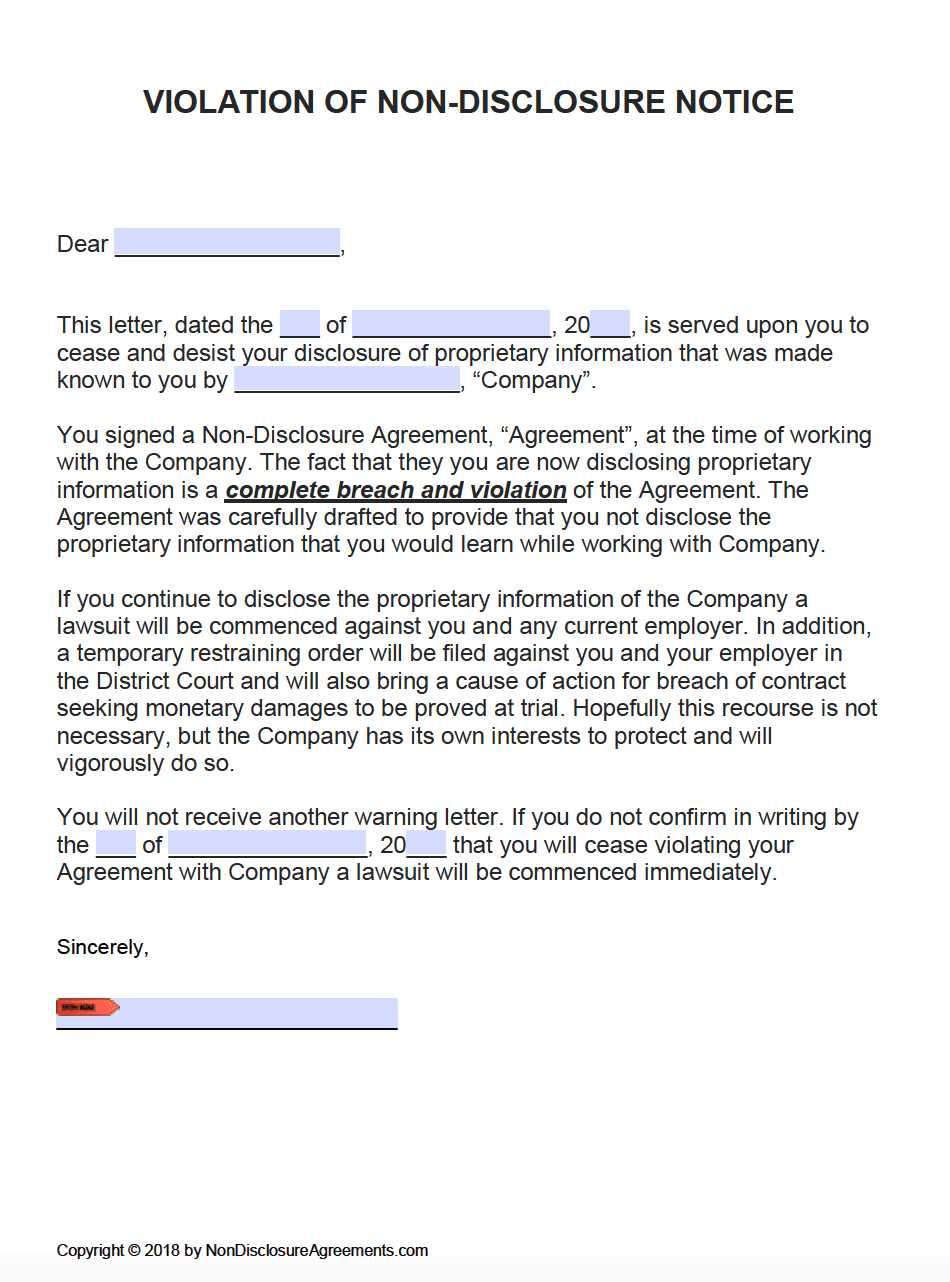
Key Elements of a Tenant Warning Letter
Start by addressing the tenant by name, clearly indicating the violation. Mention the specific behavior or actions that are in breach of the rental agreement. Be concise and to the point to avoid any confusion.
1. Tenant’s Information
- Name of the tenant
- Property address
- Date of the letter
2. Violation Details
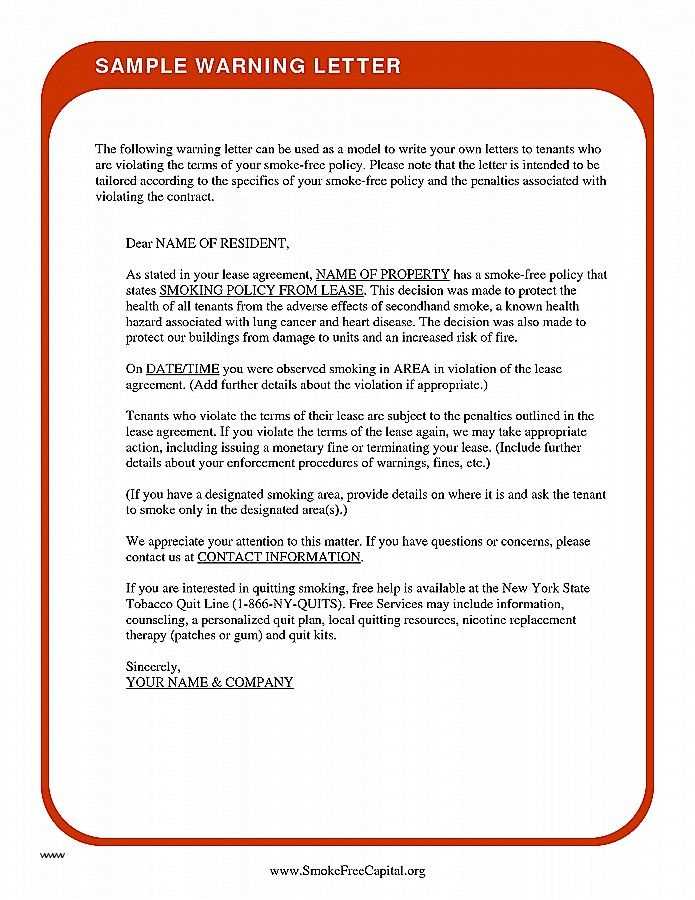
- Clear description of the violation (e.g., late payment, noise complaints, unauthorized pets)
- Date(s) of violation
- Reference to lease clauses or rules violated
3. Consequences of Continued Violations
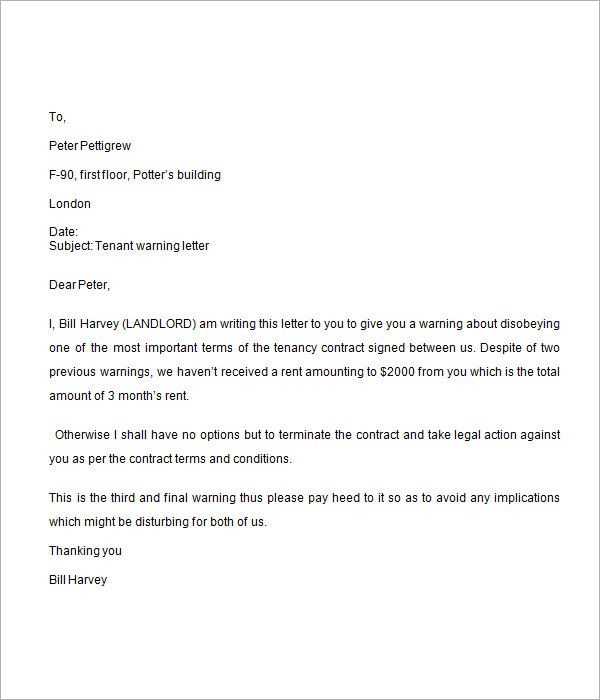
- Outline potential actions if the violation is not corrected (e.g., fines, eviction process)
- Provide a clear deadline for the tenant to address the issue
Sample Template
Here’s a straightforward template to follow:
[Your Name] [Your Address] [City, State, ZIP Code] [Email Address] [Phone Number] [Date] [Tenant's Name] [Property Address] [City, State, ZIP Code] Dear [Tenant's Name], This letter serves as a formal warning regarding a violation of the rental agreement at [property address]. On [date], we noticed the following violation: [specific violation]. As per the terms of your lease, [reference to relevant lease clause], this is a breach of the agreement. Please be advised that any further violations may lead to [potential consequence, e.g., eviction, fines]. We request that you resolve this matter by [resolution deadline]. If you have any questions, please contact us at [contact information]. Sincerely, [Your Name]
What to Avoid in a Warning Letter
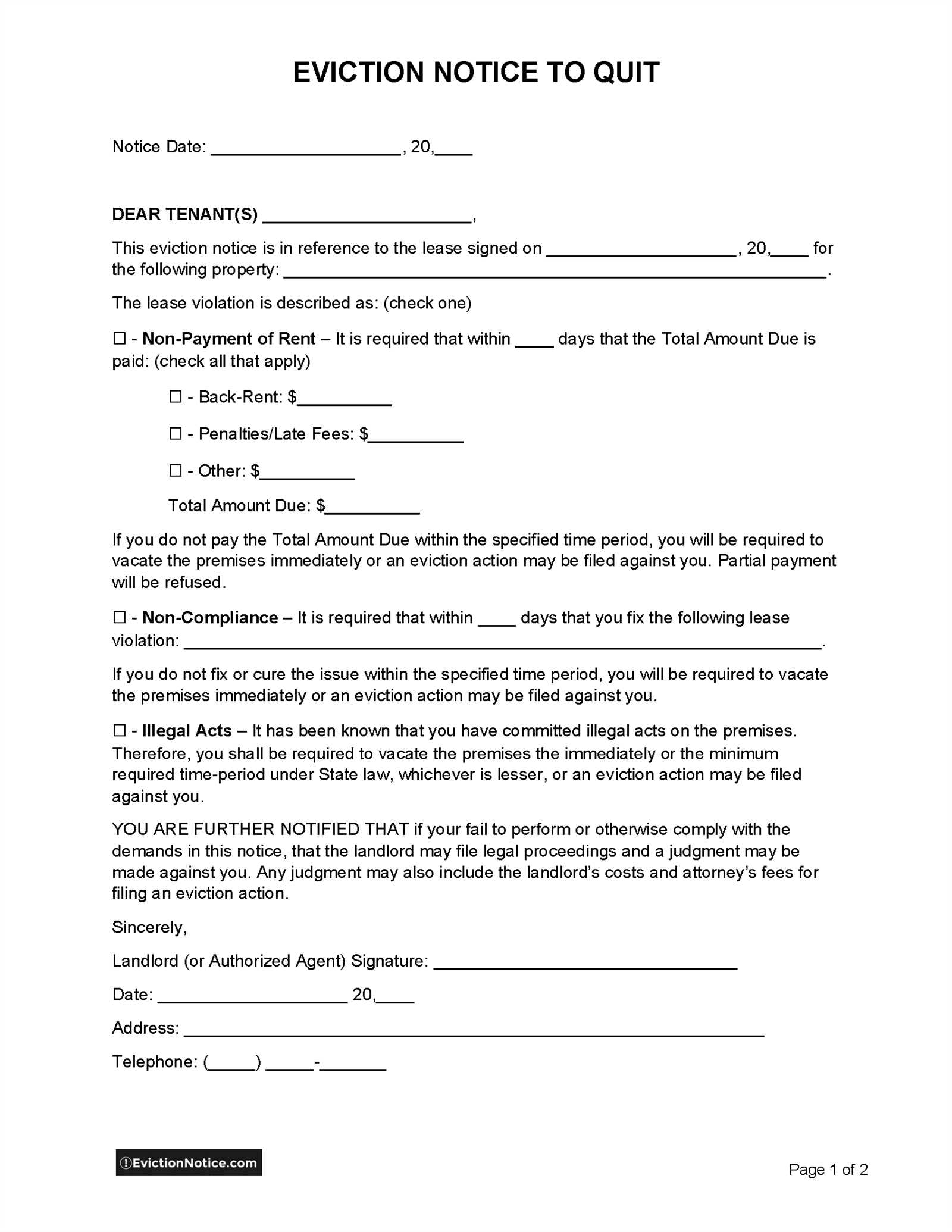
Be clear and direct but avoid unnecessary threats or emotional language. The letter should remain professional and factual. Don’t include personal opinions or irrelevant information. Stick to the terms of the lease agreement and maintain a respectful tone throughout.
Violation Tenant Warning Letter Template
How to Address Lease Violations in a Warning Letter
Step-by-Step Guide to Structuring a Tenant Notice
Key Information to Include in a Tenant Warning
Legal Considerations When Writing a Warning Letter
Common Mistakes to Avoid in Violation Notices
How to Follow Up After Issuing a Warning
Start by clearly identifying the violation in the first paragraph. State the specific terms of the lease that were violated and describe the action that led to the issue. This section should be straightforward and concise, leaving no room for ambiguity.
Step-by-Step Guide to Structuring a Tenant Notice
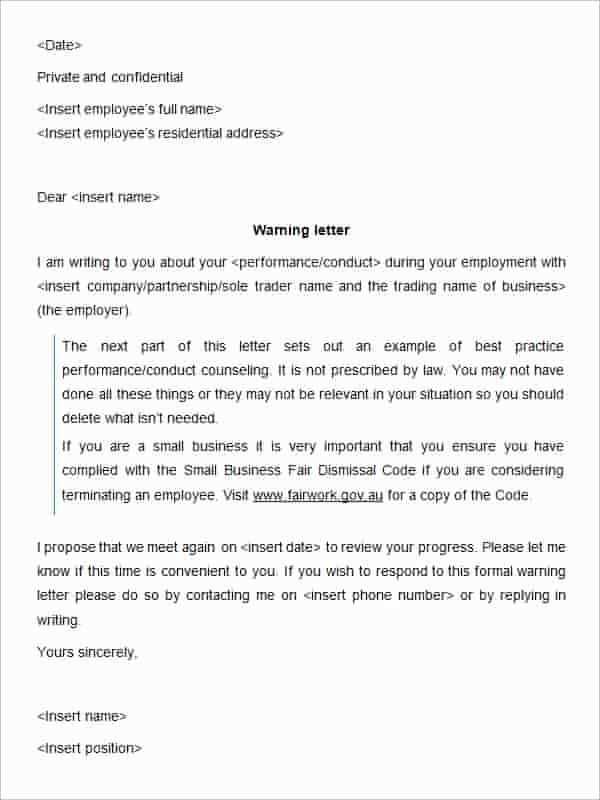
1. Title the letter as a “Tenant Warning Notice” to make its purpose clear.
2. Address the tenant by their full name and include the rental property address.
3. Reference the exact lease clause that was violated.
4. Include a description of the violation with dates and any supporting facts.
5. Specify the actions required from the tenant to resolve the violation.
6. Provide a clear timeline for corrective actions.
7. Mention possible consequences if the violation is not addressed.
Key Information to Include in a Tenant Warning
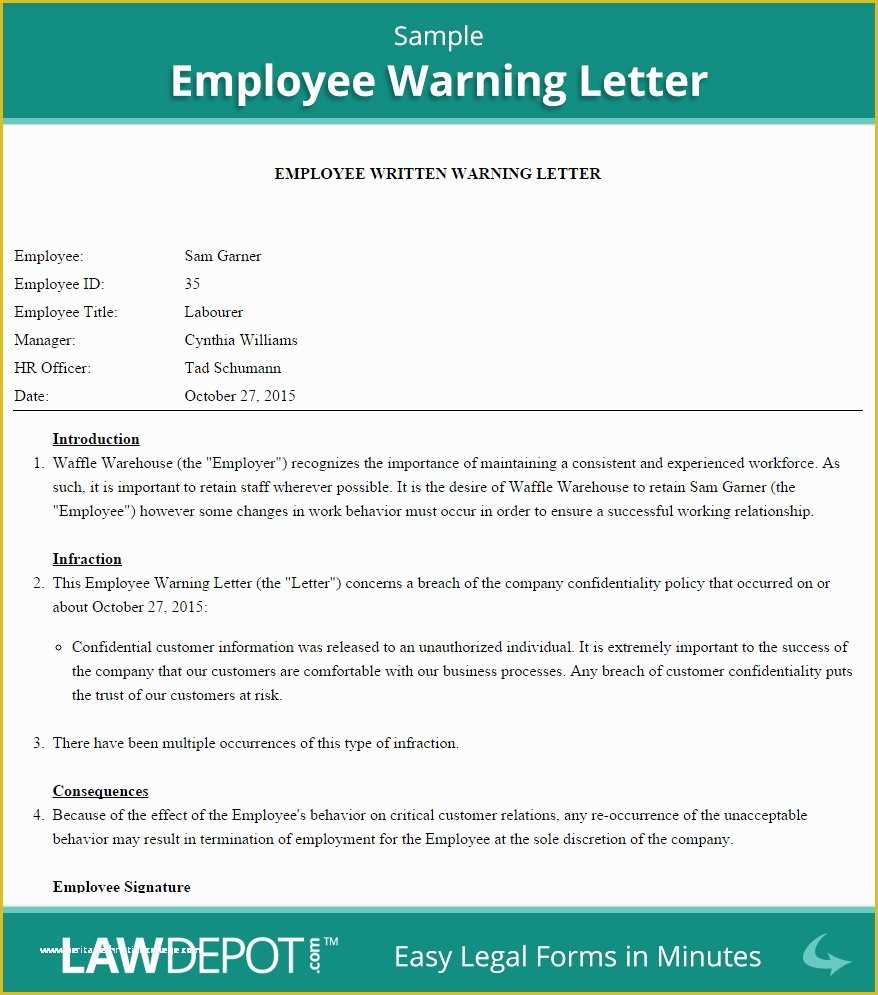
Include the tenant’s name, the property address, and specific details of the violation. Avoid vague language. The letter must mention the lease term or rule that has been breached, how the tenant’s actions go against it, and the corrective steps that need to be taken. This helps to establish a clear line of communication.
Legal considerations are important when crafting a warning letter. Ensure the language is neutral, and avoid threats or overly harsh tones. The tenant should feel informed about their rights and obligations rather than cornered. Verify the lease agreement and local laws to ensure compliance with tenant rights during the warning process.
Common mistakes include vague language, which can make the notice unenforceable. Avoid using terms that don’t directly relate to the violation. Another mistake is not providing sufficient time for the tenant to remedy the situation. Failure to follow local tenant laws may also lead to legal complications.
After sending the warning, monitor the tenant’s response. If they fail to take action, send a follow-up letter or contact them directly. Keep records of all communications to avoid misunderstandings. If the issue remains unresolved, escalate the matter according to the lease agreement or legal options available.